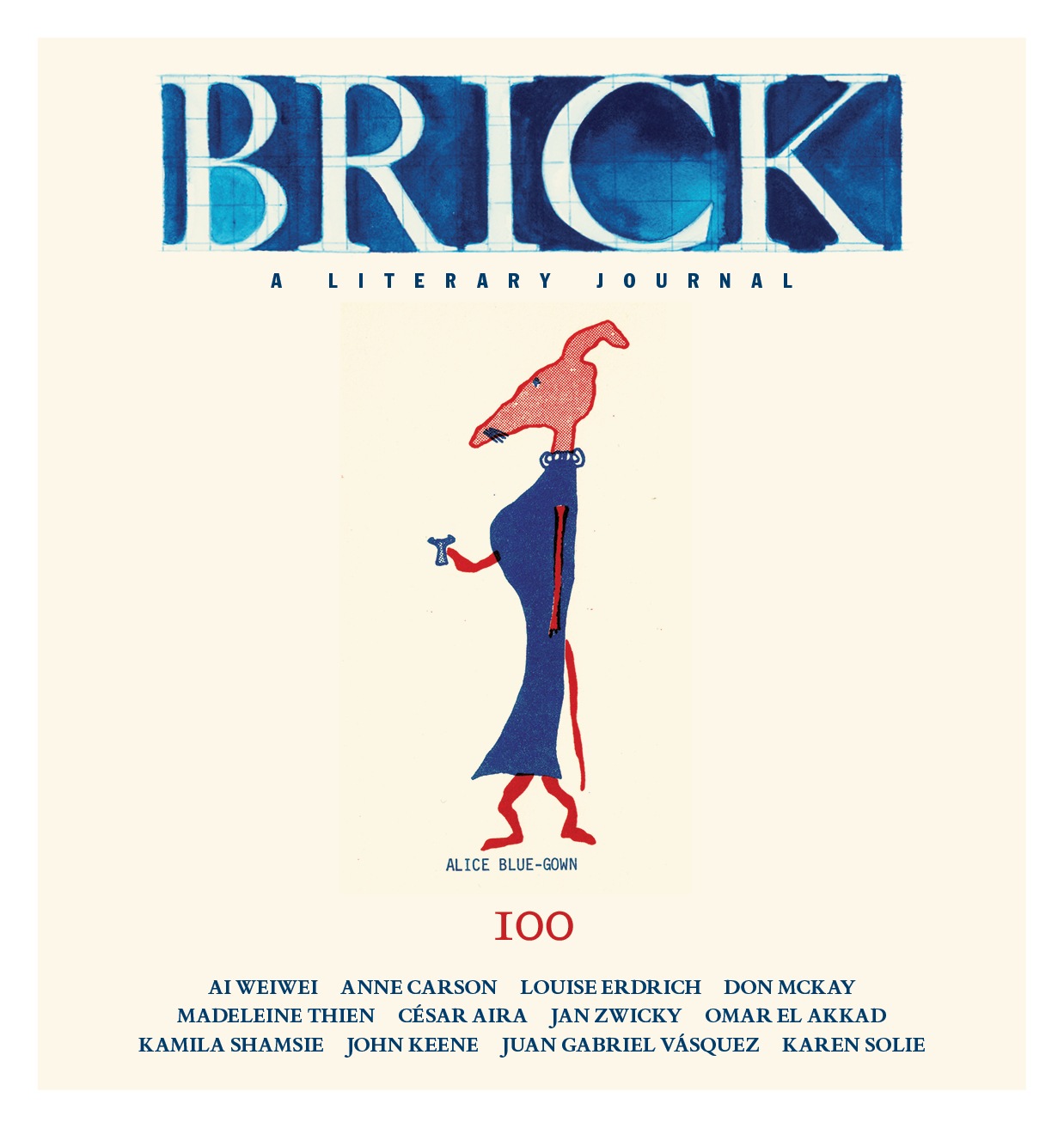Nursing the coffee, cold as slush, Jimmy doubles back on the previous sentence. He slows at its end, at the question mark he just penned, at the blank space announcing what is not flowing from what he has just written. He rereads it. Raising his head, he glances around the room, the chalet, Lucien’s family’s, where he is spending the winter to finish this novel, he hopes the first of many. The midday fire cackles behind its screen. The books, in French and German, stare back, mute, from their shelves. Through the windowpane he can touch if he stands, silver clouds anchor themselves above the Daubenhorn. He is searching for what comes next, what follows the plot thread he has been pursuing with ease all week. He lights a cigarette and, leaning back, wonders if he should dress and post the letters he has finished, head out for a walk around Leuk’s town centre. No snow has fallen today; the noon sun will make the chilly air bearable. He thinks of a bite to eat, but the small pile of francs on the desk reminds him he can hold off till later. Perhaps one of the collections of poems he brought, some albums to rewind him. Or, were Lucien here . . . “What might that wind have spoken before the morning came?” What next? He stubs out the butt, and not what he is seeking but a face, same complexion as his own, a figure, stirs in his head. That man he spotted one morning on the IRT, sitting on the wicker seat next to him as he headed downtown to meet Dick, just back from a shoot in Paris, and one of his friends for lunch in the Village. Jimmy was skimming a copy of the Post when he heard the weeping. Sobs so soft they might have been breathing, except the man—perhaps twice his age, his large head down, nearly in his lap, hair thinning but conked and pomaded, the suit a grey worsted that Jimmy noticed, looking more closely, was fretted at its cuffs and lapels as if it had been dragged along the street—was trembling. When the man raised his head, Jimmy saw the tears escaping the eyes, large as plums, the immense hands holding the half-folded white page. What words, he had wondered, lay on them? What verdict had they imposed upon this man beside him? What in them, or not in them, had drawn out those tears? He studied the man and without thinking reached into his rear pocket for his handkerchief, realizing as he searched the slit that he had forgotten to grab one that morning. Before Jimmy could say a word, the man leapt to his feet and as soon as the doors opened staggered off into the Thirty-Fourth Street station. Jimmy thought about hopping off himself, as the man disappeared into the line of faces pouring in. He turned to his other notebook, something welling in his throat, and instead of the sentence he was seeking, wrote that subway moment down.
In my first published book, Annotations, I addressed in multiple ways the question of what made me write, or what led me to write. In eighty-one dense but swift-moving pages, I detailed the multiple sources, literary and otherwise, the many tributaries of culture, of experience, that had launched me on the lifelong river of dreaming, creating, writing. Among them was the fundamental tension the scene above suggests, between observing and feeling, recording and acting, recording as acting, which lay and still lies at the core of what writers do when they put pen to paper, finger to keyboard, what I try to do. Not either-or, but both-and: what I see—and hear and smell and taste and touch—around me, but also inside me; what I remember and misremember; what I imagine or cannot. Did James Baldwin, in the Swiss chalet where he spent two winters, really pause after completing the first part of Go Tell It on the Mountain only to cast about for a way to begin the second section? If not at that point in his writing, where did he falter, and how did he proceed, since we know he finished the novel there? Did he really note the man sitting beside him on the subway, consider how to respond, and later recall it and write it down? If not that brother, whom did he notice and store away in his memory only to recall when he least expected it? Would it matter for his writing, and why? Would he have written the recollection in his notebook not as a way to jump-start his writing but out of fidelity to his memory, his art, his process? Perhaps we will never know, despite the rich accounts the biographies provide, along with Baldwin’s extensive archive. But the process of imagining his imagining, the play history of his story, the ancestors’, my own, and those of characters conceived only in my mind, is key for me, perhaps even more so now than when I began several decades ago. This work of imagining is one component of the mortar connecting the pieces of my writing to the whole, every new work to what has come before, what may follow. To keep listening, dreaming, imagining what that wind might have spoken before the morning came: writing.
John Keene‘s most recent books include the award-winning short fiction collection Counternarratives (New Directions, 2015). A fiction writer, poet, translator, and essayist, he teaches at Rutgers–Newark.
